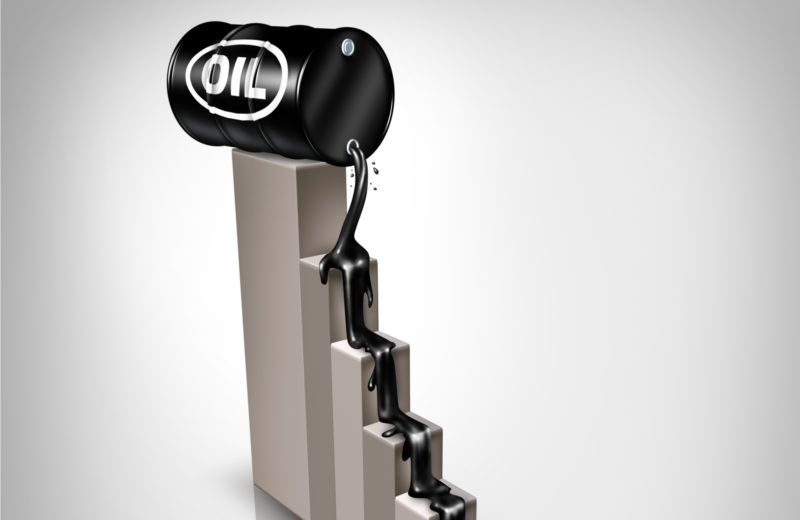Don’t Sweat the Crash in Oil Prices

As if virus mania weren’t enough: oil prices have crashed, down at least 25% percent in a mere 48 hours, after falling more since last week. Yes, that’s the largest price drop since 1991. No, it is not the end times. This has almost nothing to do with virus fears. It’s the result of a much-overdue price war among producers from which the consuming public will benefit. Amid the waves of bad economic news, this is actually good news.
Here’s the background.
The weekend news that Saudi Arabia was poised to begin both slashing prices and ramping up production following the failure to come to an OPEC agreement sent world oil markets plunging on Sunday afternoon and evening. West Texas Intermediate futures fell 24.59 percent ($10.15) to $31.13/barrel, and the global Brent international price fell 21.3 percent ($9.65) to $35.58 – in both cases, the worst percentage drops since the air phase of the Gulf War began in January 1991.
Saudi Arabia has the lowest production price in the world. It produces between 9.7 and 9.8 million barrels per day, but it may ramp production up to between 12 and 13 million barrels per day. (Saudi Arabia’s production price per barrel, the rough equivalent of “overhead” in managerial accounting, is estimated at $10 per barrel; Russia’s is estimated at $19 per barrel.)
Oil stocks fell similarly, with drilling companies announcing that they would suspend exploration activity and producers reducing capital budgeting: as benchmarks, the Energy Select Sector SPDR Fund fell 20 percent, while the Oil and Gas Exploration and Production Fund fell 35 percent. Alongside the precipitous drop in oil-related commodity and equities prices, prices of worldwide equity indices continued their coronavirus-induced plunge from last week, and US Treasury bond yields fell across the board, with the 30-year falling below 1 percent and the 10-year falling below 0.5 percent for the first time.
But many market watchers and participants seem to be caught up in the hysteria. A price war between Saudi Arabia and Russia should (beyond oil-industry interests) be a welcome development, beset as consumers presently are with the impact of government tariffs, travel restrictions, anti-“gouging” measures, and other factors which retard the flow of much-needed goods, services, and people. Economic policies during such a time should favor the immediate, dramatic reduction of hurdles to trade.
Beyond the most obvious benefit to consumers in the form of lower gasoline and motor oil prices – crude oil prices make up more than 70 percent of the price of gasoline per gallon – oil is obviously a major factor in industrial production. Critical products made from it number in the thousands and include jet fuel, kerosene, diesel, heating oil, waxes, plastics, asphalt, dyes, grease, solvents, inks, and innumerable others.
Lower prices for both final consumer goods and in the prices of production goods are beneficial for a wide variety of productive applications. Government subsidies distort and politicize attempts to incentivize alternate-energy research, creating opportunities for corruption and rent-seeking; lower oil prices entice a wide variety of market participants to explore not only alternative energy solutions, but also cheaper production processes in their existing, core lines of business.
To be sure, this will prompt a reorganization of the industry. It could signal a pause in shale-oil drilling (which will make many ideological leftists happy, however temporarily). Investments in oil production will be less profitable for now. If you understand something about supply and demand, you will also recognize what this means for oil consumption. Those hoping for the near end of internal combustion will be sorely disappointed.
The beauty of what we are watching now is that it again proves what many of us already know: markets work. If we let them.










